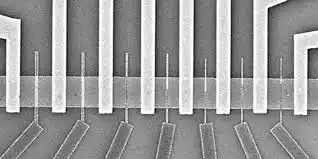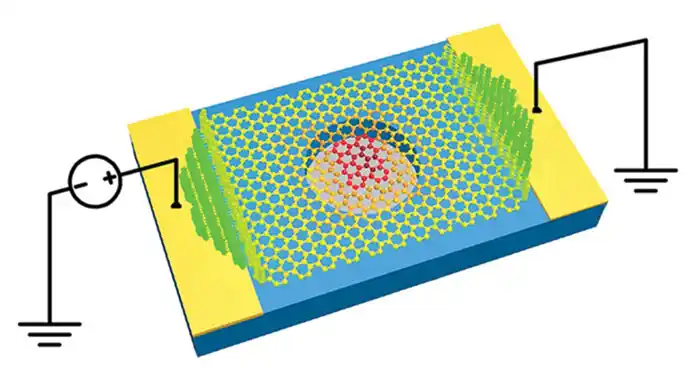افشین رشید
اُستادیار ؛ عضو هیات علمی دانشگاه آزاد اسلامی واحد علوم و تحقیقات تهران
597 یادداشت منتشر شدهFilament Nano-Supercapacitors (Current Storage Using a Copper Nano-Wire Filament)

Note: The filament nano-supercapacitor has the ability to both conduct current and store energy. Copper wire and nanoscale plastic layers have been used to make this filament. Until now, cables and wires have been used to store electricity. But a lightweight copper nano-wire filament can store energy in addition to transmitting electricity.
Nanowires are just like regular electrical wires except for the fact that they are much smaller. Like regular wires, nanowires can be made from a variety of conductive and semiconducting materials, such as copper, silver, gold, iron, silicon, zinc oxide, and germanium. Nanowires can also provideboth current flow and energy storage in filamentary nanosupercapacitors

Some silver nanowires are ballistic conductors . In normal conductors, electrons collide with atoms in the conducting material. This causes the electrons to slow down as they move, generating heat as a byproduct. In ballistic conductors, electrons can pass through the conductor without colliding. Silver nanowires can conduct electricity efficiently without generating extreme heat. By reducing the bulk volume to the size of the nanoparticle, its melting point is lowered, because when you reduce each particle to the nanoscale, there is a significant increase in surface area to volume ratio. In the fabrication and propagation of nanowires, there is a top -down approach and a bottom -up approach . A top-down approach literally means that you take a large amount of the material you want to use for the nanowires and etch it until you get the right size. A bottom-up approach is an assembly process where smaller particles are joined together to form a larger structure.

Current versus voltage curves provide a means of classifying the charge storage mode. Typically, a nanosupercapacitor conducts a potential-independent current and therefore a potential-independent current. The term nanosupercapacitor is used to describe devices that use a quasi-capacitor to store capacitive energy. This function indicates that Faradaic electron transfer plays a role in charge storage and illuminates the discussion of the properties of a particular device. It is necessary to integrate the cell voltage versus capacitance curve and normalize it by the mass or volume of the active material. Graphically, the area under the voltage versus capacitance curve is the specific capacitance. By taking the ratio of the areas under the discharge and charge curves, the energy efficiency of the device can be calculated - for a supercapacitor it should be close to 100%.
Conclusion :
The filament nano-supercapacitor can both conduct current and store energy. The filament is made from copper wire and nanoscale plastic layers. Until now, cables and wires have been used to store electricity. But a lightweight copper nano-wire filament can store energy in addition to transmitting electricity.